Baroque comes from the Portuguese word barroco, meaning an imperfect pearl. Although the word originally meant any artwork representing an irregular shape or image, today, it refers to an artistic period, a revolution, that happened in the 17th century.
During this time, a transformation from classicism and idealisation to artiness and drama took place. The period, just like the earlier or later periods, produced many famous artists, and this post will dive into the lives and works of the most famous Baroque artists.
A Brief History of Baroque Art
European art saw a dramatic change during the Renaissance period. In this era, art evolved more representational in terms of lightning and forms, and themes like classicism, human figures and realism became common in sculpting and painting. And in the second half of the 16th century, a new movement called Mannerism introduced artificiality to contemporary art.
Mannerism was a reaction to the idealisation and naturism of the Renaissance era and was initially pioneered by Michelangelo, Raphael and other famous Renaissance artists. Nevertheless, the evolution of art continued, and the early 17th century saw an increase in the depiction of drama, grandeur and sensuality, which was the start of the Baroque period.
10 Famous Baroque Artists You Should Know
- Caravaggio (1571 – 1610)
- Artemisia Gentileschi (1593 – 1640)
- Nicolas Poussin (1594 – 1665)
- Gian Lorenzo
- Francisco de Zurbarán
- Diego Velázquez
- Rembrandt van Rijn
- Bartolomé Esteban Murillo
- Johannes Vermeer
- Elisabetta Sirani
1. Caravaggio (1571 – 1610)

Caravaggio was among his time's most prolific and notorious artists. His unique technique, named tenebrism, influenced other Baroque period painters. Tenebrism focused on the dark spots in the painting and used the darkness to highlight the other elements in the scene.
The artist had a life full of quarrels and brawls; he had to leave Rome because of a murder he committed and spent the rest of his life in exile. However, in every city he went to, Caravaggio produced famous pieces and made a name. Caravaggio's talented depiction of human agony and violence was among the reasons his works were appreciated by many. The artist highlighted struggle and death in his pieces through his exceptional use of lighting and tenebrism. His talent in art earned him the appreciation of many high-standing people.
2. Artemisia Gentileschi (1593 - 1640)

There weren't many women among Baroque artists, yet Artemisia Gentileschi was definitely an important figure for her time. Her paintings depicted the world from a woman's point of view and stood out in a male-dominated world of art.
Artemisia Gentileschi started her painting career at the age of 15. Her accurate and realistic portrayal of the female nude and body contributed to contemporary art and made her a renowned artist.
At the age of 17, the artist was assaulted by the landscape and seascape painter Agostino Tassi, and this event influenced her art profoundly. Many paintings by Gentileschi, like Judith Slaying Holofernes, reflect the trauma of this horrible event.
Gentileschi was the first female artist to join the Accademia di Arte del Disegno and produced many works during her lifetime. She was one of the best artists of the Baroque period and travelled around Italy, painting for European nobility. She joined the court of Charles I of England in 1638 and passed away around the mid-17th century, though the exact date is unknown.
3. Francisco de Zurbarán (1598 - 1664)

Francisco de Zurbarán was born in Spain and produced Baroque paintings of religious themes. His talents made him one of the most famous painters of the Spanish Golden Age and the Baroque period.
Zurbarán produced many paintings for monasteries and churches. His naturalistic depiction of especially clothes and other inanimate objects was exceptional. He professionally used light and dark tones, which gave his works a more dramatic atmosphere and earned him the title of "Caravaggio of Spain." Although it's not known whether he really took inspiration from Caravaggio's techniques, there are many similarities between the works of the two artists.
4. Anthony van Dyck (1599-1641)

Son of a wealthy Dutch merchant, Anthony van Dyck had an interest in art as a child. He was sent to apprentice with the painter Hendrik van Balen and spent several years working with him. After his apprenticeship ended, van Dyck opened his own workshop.
The artist made many portraits of nobility and worked as an assistant to Rubens. He painted many mythological and religious scenes, earning him fame and commissioners across Europe.
5. Rembrandt van Rijn (1606 – 1669)

Rembrandt was among the most famous artists of the Baroque period. He started his apprenticeship at the age of 18 and worked with the artist Piter Lastman for six months. After these six months, he opened his own workshop and began producing his own works while accepting pupils.
In 1631, Rembrandt moved to Amsterdam, where he received many commissions from wealthy patrons and nobility. A few years later, he married Saskia van Uylenburg, the daughter of the mayor of Friesland. Although he was among the most famous artists of his time, things could have gone better for Rembrandt.
In 1642, he lost his wife and got into a burgeoning debt, which made him sell most of his possessions, including his collection of paintings. In the following years, the artist's popularity kept declining; in 1662, he lost his mistress Hendrickje Stoffels, from whom he had a daughter, and in 1668, he lost his son Titus. Rembrandt died in poverty the following year and was buried in a pauper's grave.
6. Johannes Vermeer (1632-1675)

Another famous Dutch painter, Johannes Vermeer, became known for his skilful depiction of commoners and everyday life. Girl with a Pearl Earring might be among Vermeer's most famous paintings. The artist didn't produce many works; he rather worked on each of his paintings for long periods improving and detailing them slowly.
Vermeer was known in the Hague and Delft, yet his fame didn't cross the region's borders in his lifetime. One of the main reasons for his local fame was that most of his works were bought by a local patron, and he didn't have a chance to introduce his works outside of the area. The artist died in debt in 1675 and remained unknown until rediscovered in the 19th century.

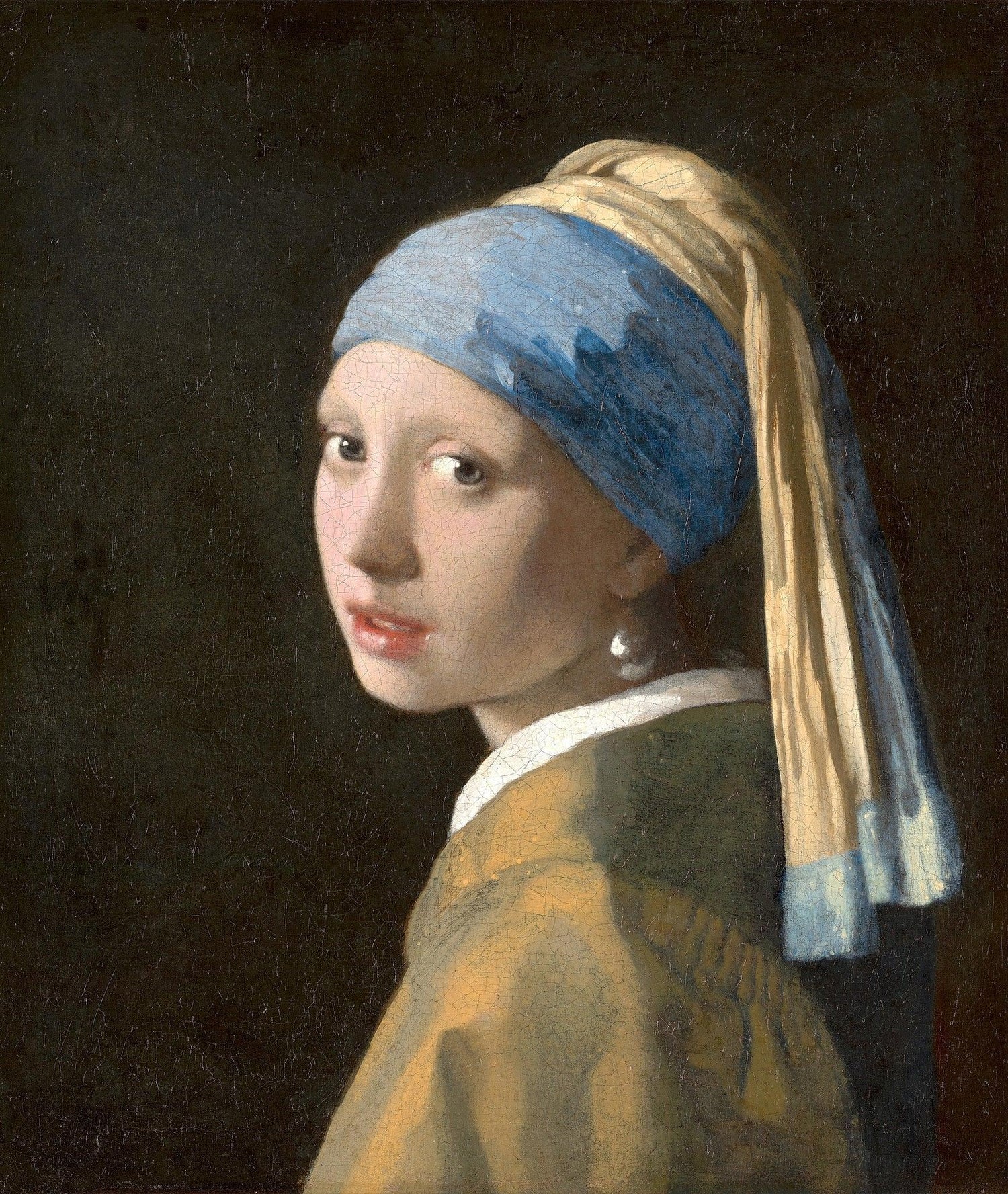
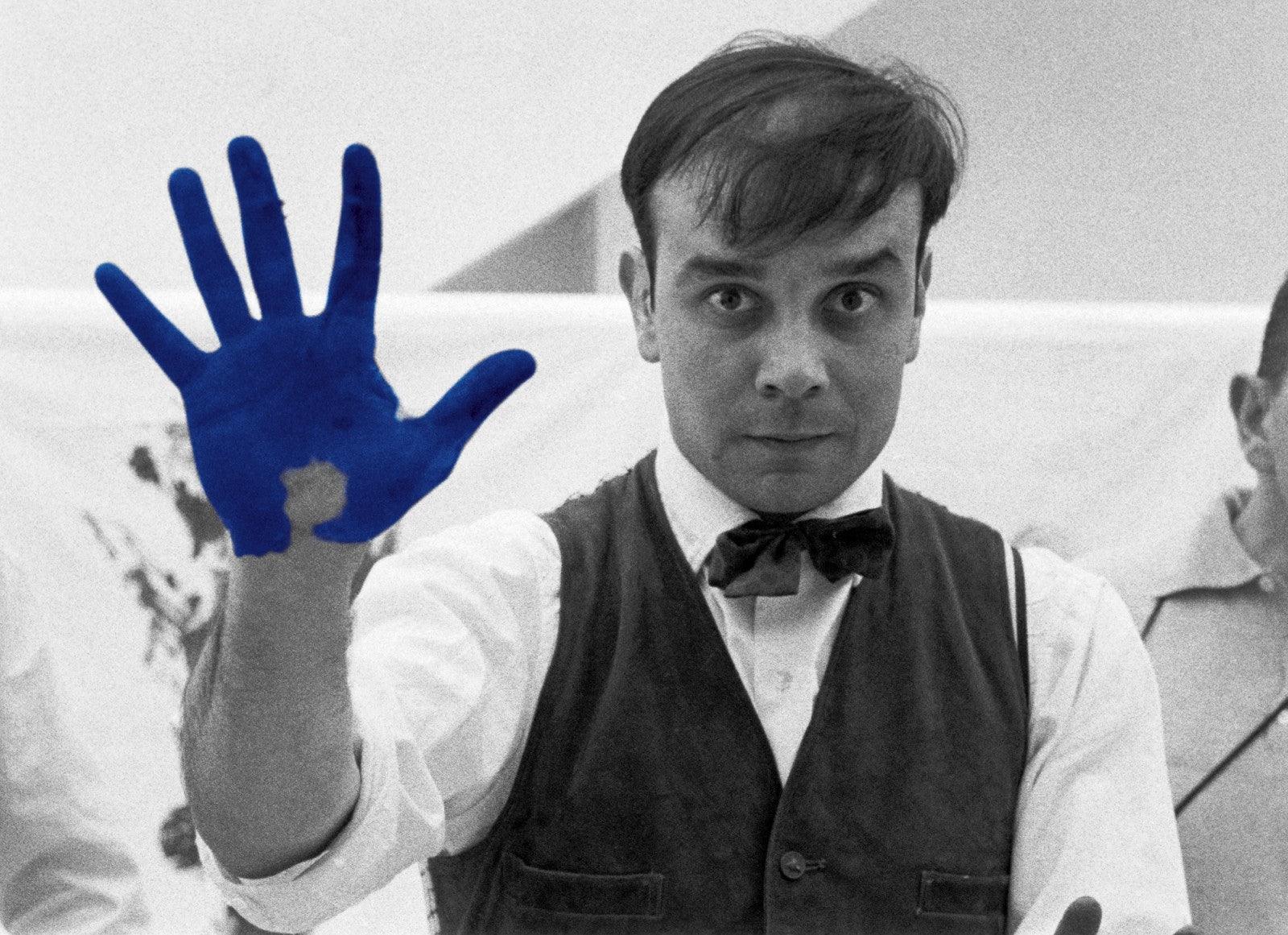
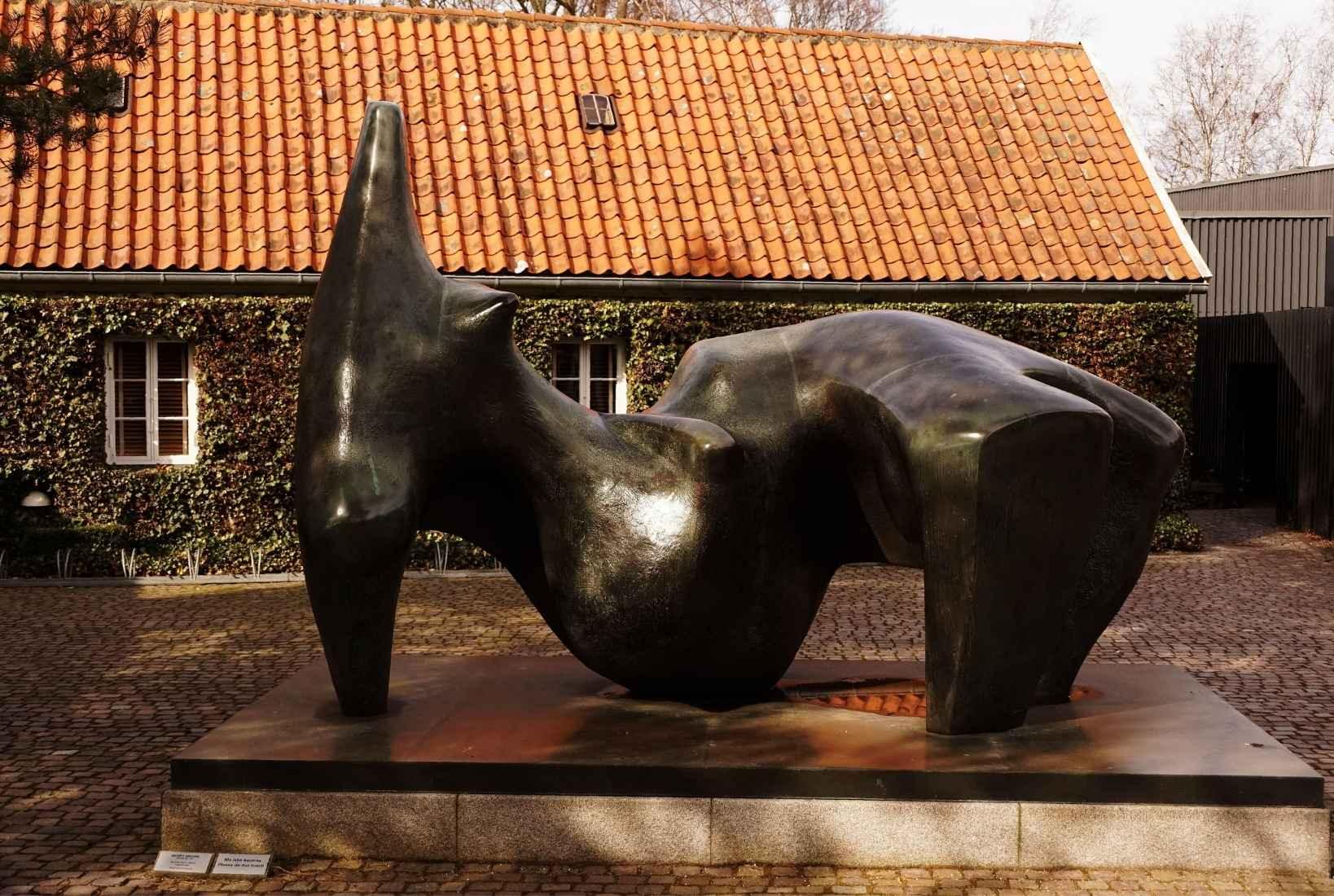
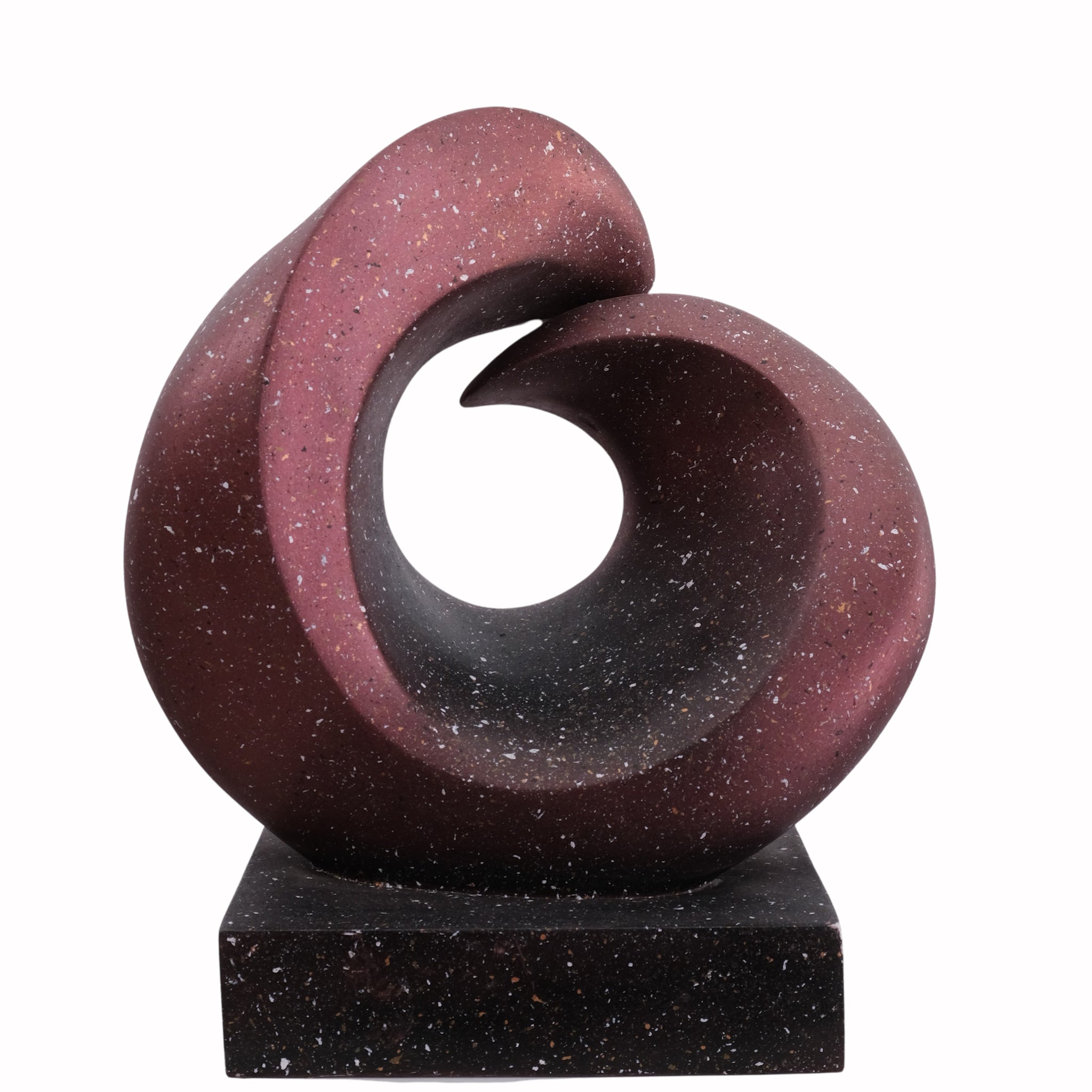

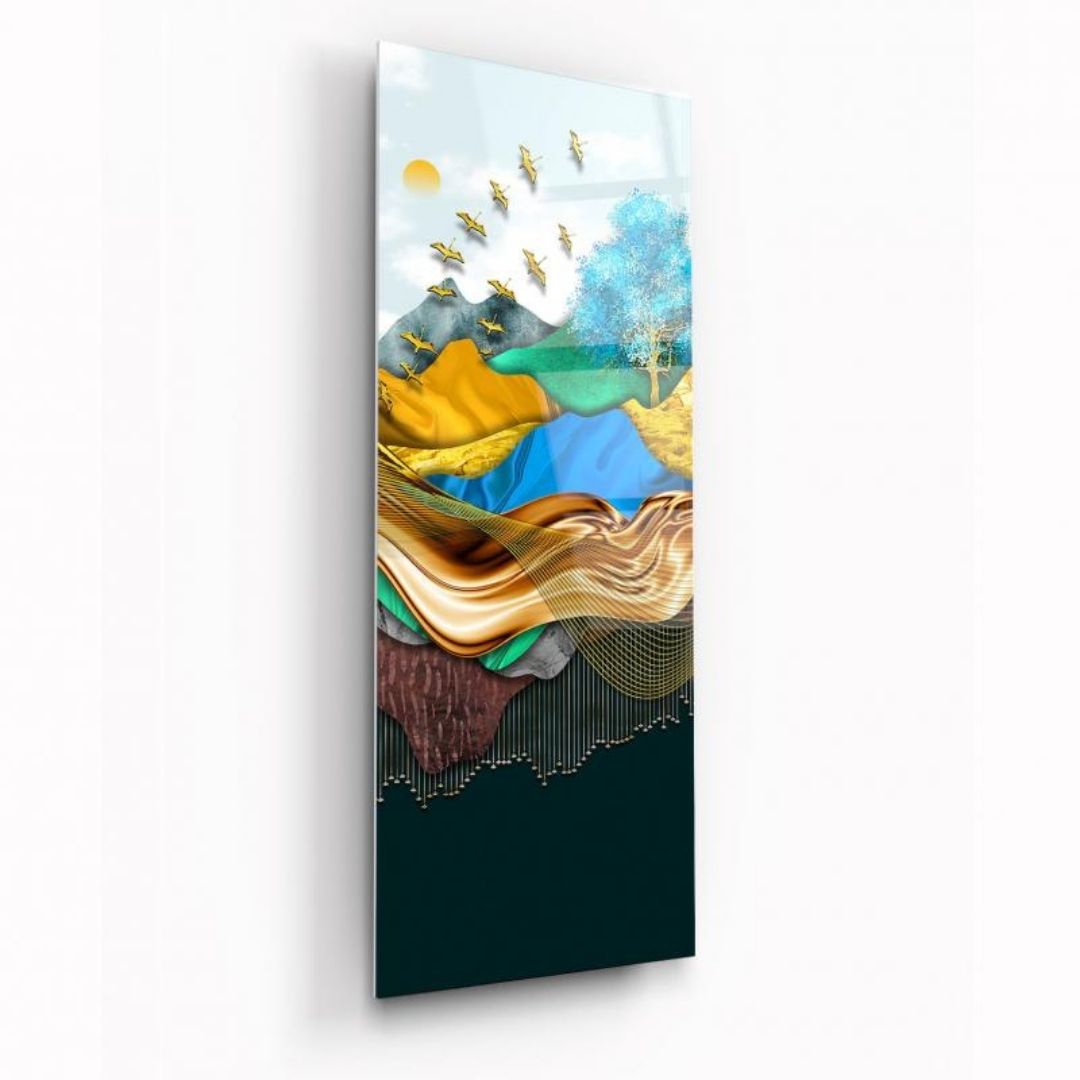
Leave a comment
All comments are moderated before being published.
This site is protected by hCaptcha and the hCaptcha Privacy Policy and Terms of Service apply.